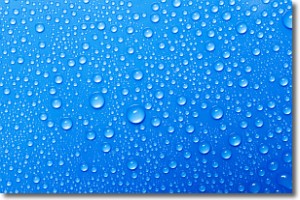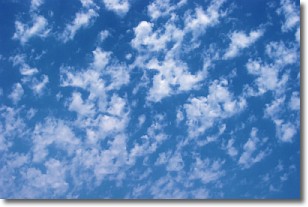Weather Alert in Alaska
Special Weather Statement issued August 23 at 11:17PM AKDT by NWS Anchorage AK
AREAS AFFECTED: Kuskokwim Delta Coast and Nunivak Island
DESCRIPTION: A deepening low pressure system will move northeastward through the Bering Sea to between the Pribilof Islands and Saint Matthew Island through Monday morning and into the vicinity of Norton Sound by Monday afternoon/evening. Strong gusty southerly winds of 40 to 50 mph are likely along the northern Kuskokwim Delta Coast including the communities of Kongiganak, Kwigillingok, and Kipnuk. Peak winds will occur between mid-morning Monday and early Monday evening before slowly diminishing Monday night into Tuesday morning. High surf will accompany the strong winds with wave heights between 4 to 8 feet in the coastal waters along the Kuskokwim Delta Coast. Higher wave heights of 9 to 12 feet are likely at the southern end of Etolin Strait. Peak wave heights occur mid- Monday morning through Monday night before slowly subsiding through Tuesday morning. In addition, periods of heavy rain are also likely Sunday night through Tuesday with 2 to 3 inches of precipitation possible through the duration.
INSTRUCTION: N/A
Want more detail? Get the Complete 7 Day and Night Detailed Forecast!
Current U.S. National Radar--Current
The Current National Weather Radar is shown below with a UTC Time (subtract 5 hours from UTC to get Eastern Time).

National Weather Forecast--Current
The Current National Weather Forecast and National Weather Map are shown below.

National Weather Forecast for Tomorrow
Tomorrow National Weather Forecast and Tomorrow National Weather Map are show below.

North America Water Vapor (Moisture)
This map shows recent moisture content over North America. Bright and colored areas show high moisture (ie, clouds); brown indicates very little moisture present; black indicates no moisture.

Weather Topic: What is Evaporation?
Home - Education - Precipitation - Evaporation
 Next Topic: Fog
Next Topic: Fog
Evaporation is the process which returns water from the earth
back to the atmosphere, and is another crucial process in the water cycle.
Evaporation is the transformation of liquid into gas, and it happens because
molecules are excited by the application of energy and turn into vapor.
In order for water to evaporate it has to be on the surface of a body of water.
Next Topic: Fog
Weather Topic: What are Fractus Clouds?
Home - Education - Cloud Types - Fractus Clouds
 Next Topic: Freezing Rain
Next Topic: Freezing Rain
A fractus cloud (scud) is a fragmented, tattered cloud which has
likely been sheared off of another cloud. They are accessory clouds, meaning they
develop from parent clouds, and are named in a way which describes the original
cloud which contained them.
Fractus clouds which have originated from cumulus clouds are referred to as
cumulus fractus, while fractus clouds which have originated from stratus clouds
are referred to as stratus fractus. Under certain conditions a fractus cloud might
merge with another cloud, or develop into a cumulus cloud, but usually a
fractus cloud seen by itself will dissipate rapidly.
They are often observed on the leading and trailing edges of storm clouds,
and are a display of wind activity.
Next Topic: Freezing Rain
Current conditions powered by WeatherAPI.com




